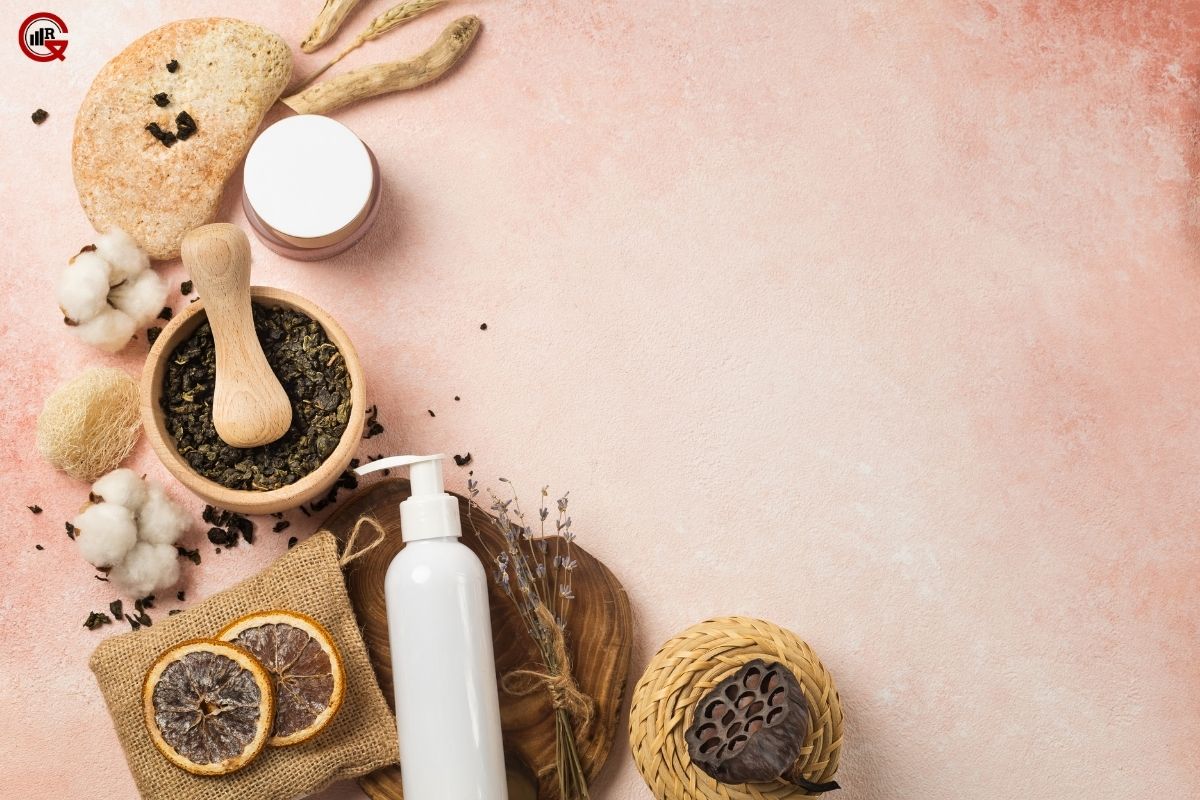Cosmetics have been an integral part of human culture for centuries, evolving from simple natural remedies to complex formulations designed to enhance beauty and personal care. The modern cosmetics industry relies heavily on a diverse array of ingredients, each serving a specific function to achieve the desired effect. This article delves into the world of cosmetic ingredients, exploring their types, functions, and the science behind their use in skincare, haircare, and makeup products.
Types of Cosmetic Ingredients
Cosmetic ingredients can be broadly categorized based on their functions and properties. Here are some of the key types:
Emollients: These ingredients soften and smooth the skin, creating a barrier that helps to retain moisture. Common emollients include oils (like jojoba and argan oil), butter (like shea and cocoa butter), and synthetic compounds (like dimethicone and Cyclopentasiloxane).
Humectants: Humectants attract water from the atmosphere and bind it to the skin, keeping it hydrated. Popular humectants include glycerin, hyaluronic acid, and urea.
Surfactants: These ingredients help to cleanse the skin and hair by lowering the surface tension of water, allowing it to mix with oil and dirt for easier removal. Examples include sodium lauryl sulfate, cocamidopropyl betaine, and decyl glucoside.
Preservatives: Preservatives prevent the growth of bacteria, mold, and yeast in cosmetic products, extending their shelf life. Common preservatives include parabens, phenoxyethanol, and benzyl alcohol.
Antioxidants: These ingredients protect the skin from damage caused by free radicals, which can accelerate aging and lead to various skin issues. Notable antioxidants are vitamin C, vitamin E, and green tea extract.

Fragrances: Fragrances are added to cosmetics to provide a pleasant scent. They can be derived from natural sources (like essential oils) or created synthetically.
Colorants: Colorants give cosmetics their distinctive hues. These can be natural (such as beetroot powder or iron oxides) or synthetic (like FD&C dyes).
Active Ingredients: Active ingredients are the primary agents that produce the desired effect of the product, such as anti-aging, acne treatment, or sun protection. Examples include retinoids, salicylic acid, and zinc oxide.
The Science Behind Key Cosmetic Ingredients
Hyaluronic Acid: Known for its incredible moisture-binding capabilities, hyaluronic acid can hold up to 1,000 times its weight in water. This makes it a powerful hydrating agent, ideal for plumping and moisturizing the skin.
Retinoids: Derivatives of vitamin A, retinoids are highly effective in promoting cell turnover, reducing the appearance of fine lines and wrinkles, and treating acne. They work by stimulating collagen production and accelerating the shedding of dead skin cells.
Niacinamide: Also known as vitamin B3, niacinamide is celebrated for its versatility and skin benefits. It helps to improve the skin’s barrier function, reduce redness and blotchiness, and diminish the appearance of fine lines and wrinkles.
Salicylic Acid: A beta hydroxy acid (BHA), salicylic acid is renowned for its ability to exfoliate the skin and penetrate into pores to clear out excess oil and debris. This makes it particularly effective in treating acne and preventing future breakouts.

Peptides: Peptides are short chains of amino acids that serve as building blocks for proteins like collagen and elastin. They help to strengthen the skin’s structure, improve elasticity, and reduce the signs of aging.
Ceramides: These lipid molecules are essential components of the skin’s natural barrier. They help to maintain moisture, protect against environmental aggressors, and improve the overall health of the skin.
Natural vs. Synthetic Ingredients
The debate between natural and synthetic ingredients in cosmetics is ongoing, with strong arguments on both sides. Natural ingredients are often perceived as safer and more environmentally friendly. They include plant extracts, essential oils, and naturally derived vitamins. However, natural ingredients can sometimes cause allergies and may lack the stability and efficacy of their synthetic counterparts.
Synthetic ingredients, on the other hand, are created in laboratories and are designed to be highly effective, stable, and consistent. They include compounds like retinoids, synthetic peptides, and certain preservatives. While they can be incredibly effective, concerns about their safety and environmental impact persist.
Ultimately, the choice between natural and synthetic ingredients depends on individual preferences, skin type, and specific concerns.
Regulatory Aspects and Safety
The safety and efficacy of cosmetic ingredients are regulated by various organizations worldwide, such as the Food and Drug Administration (FDA) in the United States and the European Medicines Agency (EMA) in the European Union. These organizations set guidelines and standards to ensure that cosmetic products are safe for consumer use.
Manufacturers are required to list all ingredients on product labels, allowing consumers to make informed choices. Additionally, new ingredients must undergo rigorous testing for safety and efficacy before they can be approved for use in cosmetics.
Innovations and Trends in Cosmetic Ingredients
The cosmetics industry is constantly evolving, with new ingredients and technologies emerging to meet consumer demands and address specific skin concerns. Some of the latest trends and innovations include:
Probiotics and Prebiotics: These ingredients help to maintain a healthy balance of the skin’s microbiome, promoting overall skin health and resilience.
CBD (Cannabidiol): Derived from the cannabis plant, CBD is praised for its anti-inflammatory and soothing properties, making it popular in skincare products designed to calm and balance the skin.
Sustainable and Eco-Friendly Ingredients: With growing awareness of environmental issues, there is a strong push towards using sustainable and biodegradable ingredients in cosmetics. This includes plant-based alternatives and ingredients sourced through ethical practices.

Personalized Skincare: Advances in technology are enabling the creation of personalized skincare products tailored to an individual’s unique skin type and concerns. This approach often involves the use of data analytics and AI to recommend the best ingredients and formulations.
Blue Light Protection: As screen time increases, there is a growing demand for ingredients that protect the skin from blue light emitted by digital devices. Ingredients like lutein and niacinamide are being incorporated into products to provide this protection.
Conclusion
Cosmetic ingredients play a crucial role in the efficacy and appeal of personal care products. From hydrating and anti-aging agents to natural extracts and innovative compounds, the range of ingredients available today allows for the creation of highly effective and targeted cosmetics. Understanding the science behind these ingredients can help consumers make informed choices and appreciate the complexity and innovation that goes into the products they use daily. As the industry continues to evolve, we can expect even more advancements and exciting developments in the world of cosmetic ingredients.






